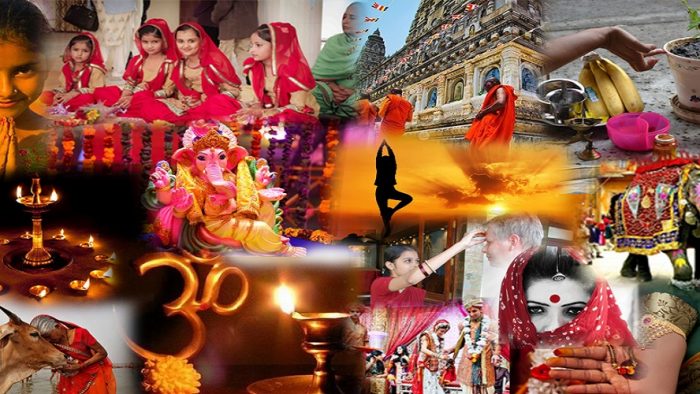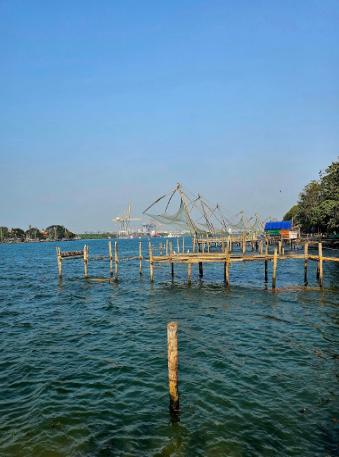Indian culture and tradition
Author: Pratheesh ThomasDate: 22 Sep, 2025City: India
India is more than just a country; it’s a whole experience. It’s a lively, colorful, and profoundly spiritual land where beauty and culture are woven into daily life. From grand palaces and ancient temples to lively street markets and sacred celebrations, India enchants with its breathtaking contrasts and rich cultural heritage. In every part of the country, there’s something special to discover, whether it’s the graceful design of Mughal forts, the intricately handwoven saris from South India, or the rhythmic sounds of classical dance resonating in a local theater. The allure of India is found not just in what you observe but in what you sense: a strong bond to history, art, and human creativity.
India’s beauty lies not only in its landscapes but also in its rich and diverse culture. From colorful festivals and deep-rooted religious traditions to ancient philosophy and strong family structures, Indian life is filled with meaning and celebration. Weddings are grand events, reflecting love and tradition, while respectful greetings like "Namaste" show cultural warmth. The country’s cuisine is a flavorful journey through spices and regional dishes, and traditional clothing like sarees and turbans adds to India’s vibrant identity.
A Tapestry of Culture
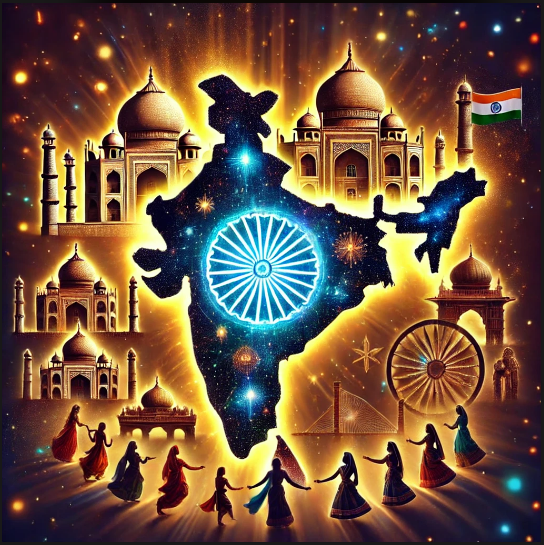
India is a nation with a population exceeding 1.4 billion, encompassing a wide array of backgrounds. The citizens of India communicate in over 120 distinct languages and adhere to various religions, including Hinduism, Islam, Christianity, Sikhism, Buddhism, and Jainism. This diversity of individuals and beliefs contributes to a vibrant and intricate culture.
This cultural richness is evident in the ways people commemorate festivals, prepare and consume diverse cuisines, don traditional attire, appreciate music and dance, and construct magnificent temples, mosques, churches, and other architectural marvels. In India, culture transcends mere historical significance; it is an integral aspect of daily life.
Festivals in India
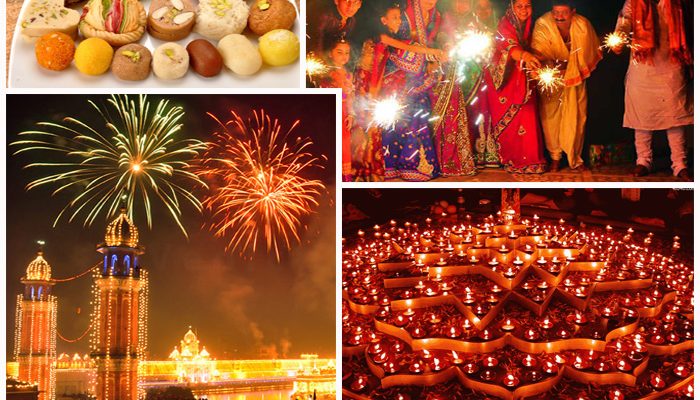
In India, it seems as though there is a festival occurring every month. The populace delights in celebrating, and each festival is brimming with joy, vibrancy, and significance. Some festivals are rooted in religious beliefs, while others are associated with seasonal changes or local customs. For instance, during Holi, individuals throw vibrant powders and water at one another to commemorate the onset of spring and the triumph of good over evil. Diwali, known as the Festival of Lights, is observed with lamps, fireworks, and sweets to celebrate the return of Lord Rama and the victory of light over darkness.
India also observes numerous other significant festivals, such as Eid, Christmas, Pongal, and Navratri. Each festival possesses its own unique traditions, prayers, and celebrations, and individuals from various communities frequently participate together. What enhances the uniqueness of festivals in India is the distinct manner in which each region celebrates. For example, Diwali in North India may involve the bursting of firecrackers, whereas in South India, it commences with early morning oil baths and prayers. This regional diversity renders Indian festivals not only enjoyable and visually stunning but also a testament to the country’s remarkable diversity and unity.
Traditional Art Forms in India
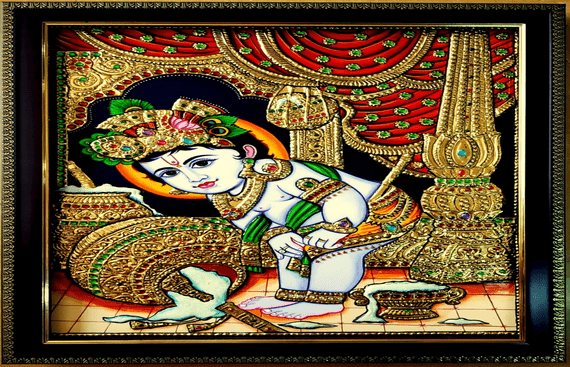
India boasts a rich and distinctive artistic legacy, characterized by a multitude of traditional art styles that have been transmitted through generations. These art forms serve purposes beyond mere decoration; they frequently embody religious significance or convey narratives from mythology, everyday life, or the natural world.
For Example:
-
Madhubani paintings originating from Bihar are celebrated for their intricate lines, vibrant colors, and elaborate patterns. They typically depict Hindu deities, elements of nature, and scenes from the daily lives of villagers.
-
Warli art from Maharashtra employs basic geometric shapes such as circles and triangles. While it may appear simplistic, it conveys profound narratives regarding tribal existence, agriculture, and festivities.
-
Pattachitra, a traditional scroll painting technique from Odisha, features colorful and intricate artworks that often illustrate tales of Lord Jagannath and other Hindu gods.
These artistic styles are predominantly created by hand, requiring considerable skill and patience. Many of them are integral to rituals or religious ceremonies, which is why they are regarded as both sacred and narrative. Each piece of traditional Indian art serves as a bridge connecting us to the nation’s culture, history, and belief systems.
Classical Dance & Music

In India, classical dance and music transcend mere entertainment; they serve as profound mediums of storytelling and expression. These time-honored art forms are intricately linked to Indias historical, religious, and emotional landscapes, having been practiced for centuries, if not millennia.
India boasts a variety of classical dance styles, including
-
Bharatanatyam (originating from Tamil Nadu) recognized for its elegant movements, hand gestures (mudras), and emotive expressions (bhavas) that narrate tales from Hindu mythology.
-
Kathak (from Northern India) characterized by its spinning movements, rapid footwork, and compelling storytelling.
-
Odissi (from Odisha) features graceful body movements and sculptural poses, frequently employed to depict stories of Lord Krishna.
-
Kathakali (from Kerala) a vibrant dance-drama distinguished by painted faces, intricate costumes, and dynamic gestures that bring epic narratives to life.
These dances are typically accompanied by the sounds of classical Indian music, which encompasses:
-
Tabla is a duo of hand-played drums that generate intricate rhythms.
-
The sitar is a string instrument renowned for its enchanting, melodic sounds.
-
Ragas are a framework for improvisation in Indian classical music, embodying specific moods and times of day.
The combination of dance and music produces an enchanting experience. Each performance serves as a vibrant link to age-old traditions, animating myths, deities, and emotions on stage. These artistic expressions transcend mere movement or sound; they encompass feelings, narratives, and the preservation of culture across generations.
Landscapes of Contrast
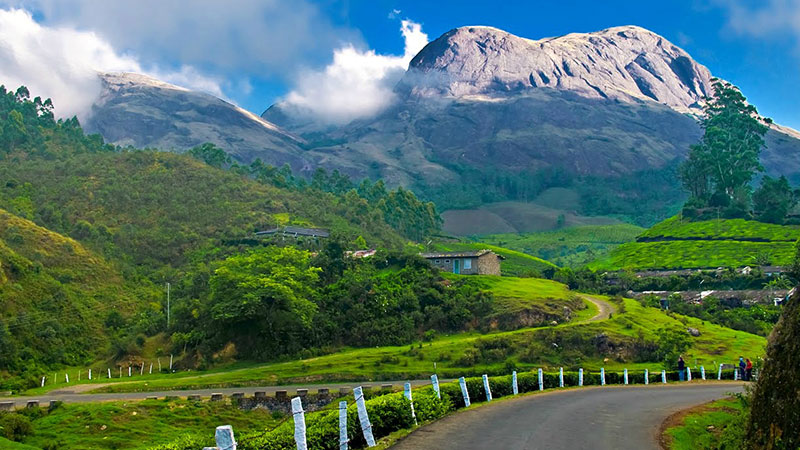
India boasts a diverse array of landscapes, much like its rich tapestry of cultures. For those who appreciate nature and seek adventure, there is truly something for everyone:
-
You can embark on a trek through the snowy Himalayas in the north.
-
Sail through peaceful backwaters in Kerala (South India),
-
Camp beneath the stars in the Thar Desert of Rajasthan, or
-
Unwind on the sun-kissed beaches of Goa.
The geography of India encompasses tropical forests, deserts, mountains, rivers, and even alpine meadows—all within a single nation. This remarkable diversity renders India one of the most captivating and beautiful destinations to discover.
Fashion & Tradition

India’s traditional attire is vibrant, textured, and imbued with significance. Each region boasts its unique styles:
-
Sarees from Kanchipuram (Tamil Nadu) are crafted from silk and feature exquisite gold borders.
-
Phulkari (Punjab) represents a form of embroidery utilizing colorful threads.
-
Banarasi silk (Varanasi) is opulent and intricate, frequently donned for weddings.
-
Lehengas adorned with mirror work are prevalent in Gujarat and Rajasthan, glimmering in the sunlight.
Indian fashion merges ancient traditions with contemporary trends. Even in the present day, numerous designers produce garments that are fashionable while honoring the culture and artistry of the past.
Culinary Diversity

Indian cuisine is rich in flavor, color, and diversity. Each region boasts its own unique ingredients, cooking techniques, and spices. Here is a brief overview of what you can sample:
-
Street chaats in Delhi: a medley of spicy, sweet, and crunchy snacks bursting with flavor.
-
Seafood curries in Kerala: prepared with coconut, curry leaves, and fresh fish.
-
Hyderabadi biryani: a renowned rice dish made with meat and fragrant spices.
-
Thalis in Gujarat: a comprehensive meal featuring numerous small dishes presented on a single plate.
Each dish narrates a story, reflecting the region it originates from, the individuals who prepare it, and the historical context surrounding it. Indian cuisine transcends mere sustenance; it is an experience that engages all of your senses.
If you want to know about the top 10 tourist destinations in India, click here.
Conclusion
India is a nation where beauty and culture are not merely aspects of existence; they embody existence itself. From the profound spirituality reflected in its festivals and artistic expressions to the breathtaking beauty of its landscapes and traditional garments, every aspect of India narrates a tale. The strength of this nation lies in its diversity, while its heritage stands as a testament to its pride.
Whether you are captivated by the rhythmic melodies of classical music, the vibrant explosion of colors during Holi, the intricate craftsmanship of handwoven textiles, or the rich fragrances of Indian culinary delights, India provides an experience that resonates deeply and remains with you eternally.
FAQs—Frequently Asked Questions
- What is the main culture in India?
Hindu culture is the most dominant in India, but the overall culture is a diverse mix of Hindu, Muslim, Christian, Sikh, Buddhist, and Jain traditions.
2. Why is India famous for its culture?
India is famous for its culture because it is a living blend of ancient wisdom, colorful traditions, and modern diversity — all coexisting in harmony.
3. What are some famous Indian festivals?
Some famous Indian festivals include Diwali (Festival of Lights), Holi (Festival of Colors), Eid, Navratri, Durga Puja, Christmas, and Pongal.
4. What are some must-try Indian dishes?
Must-try Indian dishes include butter chicken, biryani, dosa, rogan josh, and paneer tikka. Don’t miss street foods like Pani Puri, Vada Pav, and Chole Bhature!

